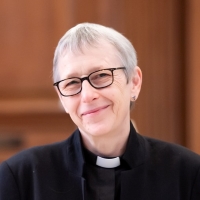It can hardly have escaped anyone’s notice that in recent days there has been an inordinate amount of press coverage of the life of a member of the Royal Family, who has sadly passed away: news reports, documentaries, interviews, historic film footage, every conceivable angle on his story and his personality has been covered exhaustively, at times to saturation point.
And yet, I have to say that, as a result, I do now know considerably more about Prince Philip as a human being (rather than purely a public figure), than I did previously. Because we have all had the chance to glimpse his life as a family man; an avid reader; a man of profound faith; a man passionate about the preservation of the natural environment and our wildlife; a man who could be incredibly funny.
Sometimes it feels as if it is only at end of a person’s life, even someone you previously felt you knew quite well, that you finally get a sense of that human being as a whole, in his or her glorious, and complex, and multi-faceted entirety.
For fifteen years I was chaplain to the Community of St John the Divine, in Birmingham (the religious order upon whose story the TV series Call the Midwife was based). And during my time there, I was on a number of occasions involved in the funeral services of some of their more elderly sisters. As they were religious sisters, not all of whom had even retained their original names, one often didn’t know very much at all about the details of their past lives, until the stories that emerged during their funeral services. And I was always amazed at what came to light: because those remarkable women, whom I had only really got to know in their extreme old age, when they were frail, and vulnerable, and utterly dependent upon others, had lived lives of extraordinary courage and resilience. They really were trailblazers; they were utterly fearless – whether they had cycled through the East End of London during the Blitz, to deliver babies, armed only with tin helmet and midwifery bag – or in one particular case a nun who got lost in the desert in the middle of Africa, almost causing an international incident as a result. There was so much more to them than I had ever realised – and it transformed the way I thought about them.
And such revelations can emerge even within one’s own family. For example, I can remember being astounded to discover that my father as a young man had obtained an exam qualification in Swahili! But more generally, is so easy to assume that we know someone, on the basis of the partial and fleeting glimpse of one aspect of their journey. There can be so much more to individual human beings than we realise. And although it might seem a strange observation to make, the same could be said of the ways in which we encounter Jesus.
What was my own first encounter with the image of Christ? When I was at Primary School, my godmother gave me my first ever ‘proper’ Bible: one of those little pocket editions of the King James Bible, containing colour illustrations by E.S. Hardy – an artist who was born in 1865, and who I have only just discovered (to my shame), was in fact female: the initials stand for Evelyn Stuart.
The Biblical images that she painted remain imprinted on my mind and I am quite certain, have always subtly informed my understanding of the person of Jesus. There are images of him delivering the Sermon on the Mount; stilling the storm; raising Jairus’s daughter, as well as an illustration of the Risen Lord by the Lakeside. In many respects they are examples of fairly conventional Victorian religious art, presenting us with a bearded Jesus, clad in long robes and a traditional head covering. But it is his face that is striking: a face that is strong, and lean and characterful: a face that is, by turns open to the spirit; powerful when confronting danger; and compassionate when encountering tragedy.
As I grew up and started to get to know more about Jesus through the stories told of his ministry in the text of the Gospels, those images were complemented by other insights – as I discovered Jesus the subversive, a man who was completely unafraid to breach convention and flout authority; there was Jesus the perceptive, the wise and the insightful. There was Jesus the companion – and Jesus the loner. There was Jesus the obedient servant of God, and Jesus who is our window onto God. And over all the years since then, I have continued to discover new and different insights, and yet I still feel that I have never reached the end of discovering the fullness of his identity.
During my post-Easter break I undertook a major clear-out of my study (which was long overdue), during which I uncovered a collection of photographs I had once gathered together of images of Jesus as he is perceived and portrayed by different cultures: there is a very striking African Jesus; a portrait of him from Korea, and so on – all of which have in the past caused me to pause and reflect and question my own previously held assumptions about the true identity and significance of Christ. Like the process of getting to know any human being, it is a relationship that develops and deepens over time.
I began this address by observing that sometimes it is only at the very end of a person’s life that you can begin to discover who they really were, as you uncover the fullness of their life story. Something even more extraordinary can be said of the man Jesus, in that we not only learn who he is through the stories of his ministry; but through his sacrificial death, to which that ministry inexorably led him. And the story does not even end there – far from it – because when he is raised from the dead at Easter, another whole new perspective on him opens up, as we begin to understand the true nature of his relationship with God. But even that is not the end of the story – because his Ascension and the coming of the Holy Spirit at Pentecost, and the revelations that come with those events, still await us at this stage of the Church’s year.
Christian discipleship is a journey of discovery that is itself lifelong and life-deep. Because our relationship with ‘the one who shows us God’ is boundless and inexhaustible, and will continue to unfold beyond the margins of this life. This truth is brilliantly captured in the words of a prayer by the fourteenth century Italian mystic, St Catherine of Siena, who wrote this:
Eternal Trinity, you are a deep sea,
into which the more I enter the more I find,
and the more I find the more I seek.
The soul ever hungers in your abyss, Eternal Trinity,
longing to see you with the light of your light,
and as the deer yearns for the springs of water,
so my soul yearns to see you in truth.
But, of course, the spiritual life is complicated, and the road ahead sometimes far from clear. There will be times when we feel that we cannot find what it is that we are seeking. Which is why I would like to leave the final word with the late Brother Roger of Taize, who wrote this:
O Christ, tirelessly you seek out those who are looking for you
and who think that you are far away;
teach us at every moment, to place our spirits in your hands.
While we are still looking for you, already you have found us.
However poor our prayer, you hear us far more than we can imagine or believe.
And thanks be to God for that.
Amen



